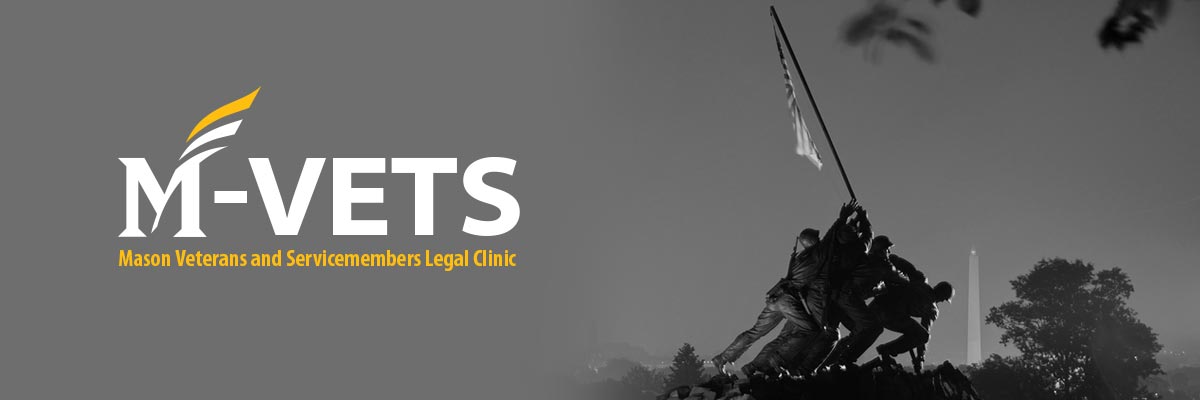
By Fall 2019 M-VETS Student-Advisor Cassie Bowns
Since 2001, nearly three million United States service members have been deployed to either Operation Enduring Freedom, Operation Iraqi Freedom, or Operation New Dawn.[1] Of those three million service members, approximately 30% have been diagnosed with Post Traumatic Stress (PTS).[2] Upon returning from service, veterans diagnosed with PTS often have difficulty with personal relationships, employment hardships, homelessness, post-deployment injury, or suicide.[3] A program should be implemented for those veterans who struggle with PTS in order to assist them in reintegrating into society and their families.
Reintegration encompasses multiple facets of veterans’ lives: psychological, social, and physical health, employment, housing, financial, education, legal, and spiritual.[4] Currently, the VA is not doing enough to help veterans, especially those with PTS, with all of these facets of reintegration.
Current Programs
Currently, there are no specific reintegration programs for veterans diagnosed with PTS. The Department of Veterans’ Affairs (“VA”) website boasts only links to the National Center for PTS and other services.[5] The website states, “Despite the challenges of reintegration, most service members will successfully readjust with few problems.”[6] This statement does not accurately portray veteran reintegration, given that one third of veterans who have recently returned from service have PTS.[7]
Some local VA clinics have adapted programs that would be greatly beneficial for veterans with PTS if offered on a national scale. In particular, the Boston VA Health Care system created a twelve-week rehabilitation program for veterans returning from Iraq and Afghanistan.[8] This particular program implemented vocational counseling, substance abuse, and anger management.[9] Fifty-eight veterans participated, and of those fifty-eight, thirty-four showed improvements in attention, emotional skills, and problem solving.[10] Researchers studying this program concluded that it would be an “acceptable treatment program for returning Veterans who suffer emotional difficulties as they try to reintegrate into their home communities.”[11]
Given the success of this rehabilitation program, more systems like this should be offered to veterans across the country.
The Need for More
What we need is a comprehensive program to address veterans with PTS needs. The current programs address only individualized issues like homelessness, education, or psychological health. However, PTS affects the veteran holistically, so what we need is a holistic approach to reintegration. Imagine a rehabilitation center that provides doctors, financial advisors, career counselors, educators, lawyers, and psychological and relational counselors.
The VA offers many of these resources already, and there are organizations that offer additional services to veterans. By creating workshops that address all of the issues mentioned, like the program in Boston, veterans could receive the training and counseling that they need in order to properly reintegrate to civilian life after their separation from the military.
Many of the preexisting services the VA offers have an application process, and applicants must be approved in order to undergo treatment.[12] Since PTS is such a prevalent issue among veterans, there should be no application process; a reintegration program should be offered to all veterans diagnosed with PTS upon their release from service, regardless of their reason for separation.
Given the prevalent need for PTS services for military members, it is surprising that a comprehensive system does not already exist. In order for military members, particularly those with PTS, to properly reintegrate and be successful in their lives after service, a comprehensive system is necessary. They have sacrificed to save our lives, and its time their lives are saved as well.
[1] Christine A. Elnitsky, Michael P. Fisher, & Cara L. Blevins, Military Service Member and Veteran Reintegration: A Conceptual Analysis, Unified Definition and Key Domains, 8 Frontiers in Psychology 369 (March 14, 2017), https://www.ncbi.nlm.nih.gov/pmc/articles/PMC5348503/.
[2] Ellen P. Fischer, et al., Perspectives of Family and Veterans on Family Programs to Support Reintegration of Returning Veterans With Posttraumatic Stress Disorder, 12 Psychology Services No. 3 187 (2015), https://www.researchgate.net/profile/Ellen_Fischer/publication/280537533_Perspectives_of_Family_and_Veterans_on_Family_Programs_to_Support_Reintegration_of_Returning_Veterans_With_Posttraumatic_Stress_Disorder/links/56a78ba508ae860e02556a6d.pdf.
[3] Elnitsky, supra note 1.
[4] Id.
[5] “Transitioning Service Member,” U.S. Department of Veterans Affairs, https://www.mentalhealth.va.gov/transitioning-service/programs.asp.
[6] Id.
[7] Fischer, supra note 2.
[8] “STEP-Home: Improving reintegration for OEF/OIF Veterans,” VA Research Quarterly Update: Office of Research and Development (Winter 2017), https://www.research.va.gov/pubs/varqu/winter2017/9.cfm.
[9] Id.
[10] Id.
[11] Id.
[12] “Mental Health Residential Rehabilitation Treatment Programs,” Benefits.gov, https://www.benefits.gov/benefit/301.

